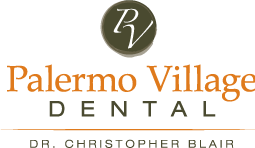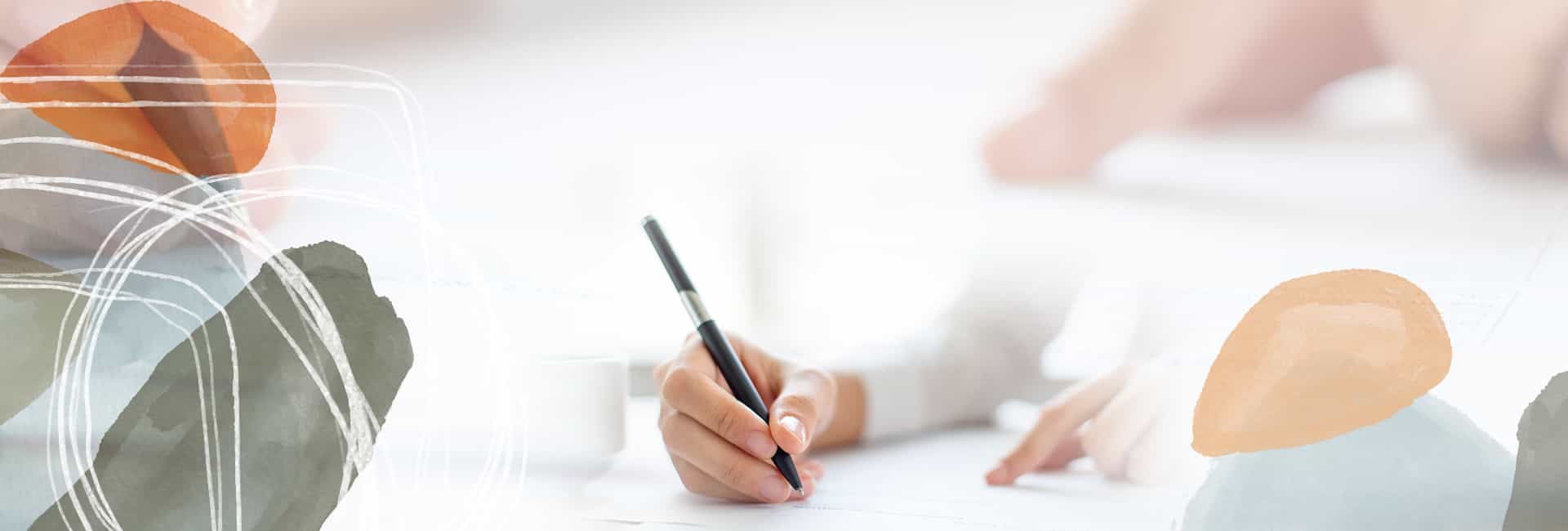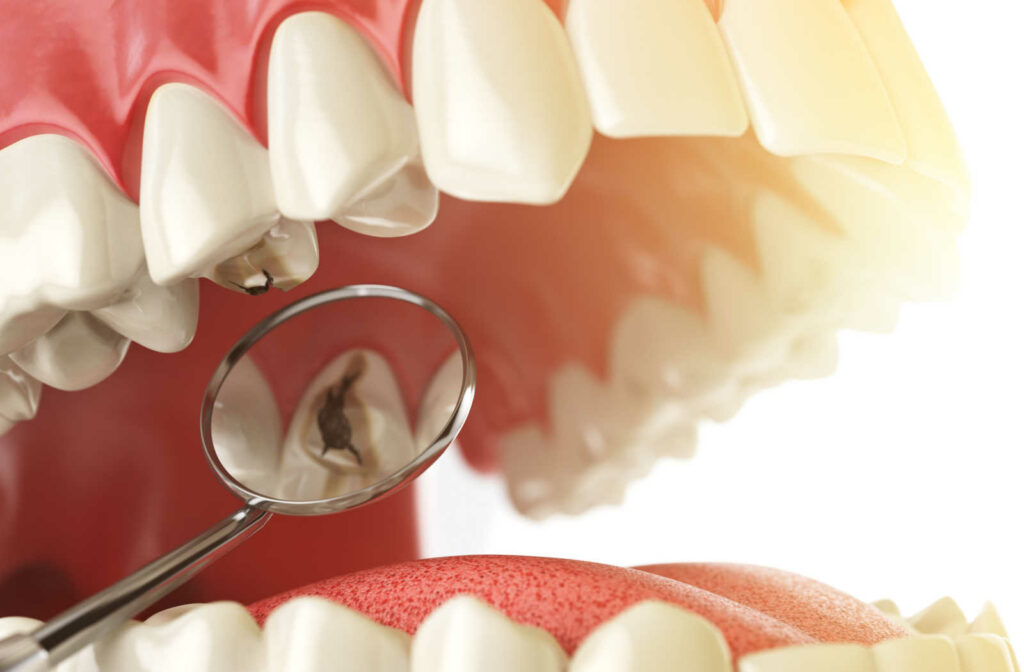When it comes to dental health, cavities are a common concern for many people. These tiny holes in the teeth are caused by the buildup of bacteria, which produces acid that erodes the enamel and dentin of the teeth.
The thought that cavities can heal on their own is a common misconception, but the truth is, once the tooth’s structure is damaged by acid, it can’t be repaired or restored to its original state.
The only way to treat a cavity is to remove the damaged portion of the tooth and fill it with a material such as composite resin, amalgam, or glass ionomer.
However, it’s possible to prevent cavities from getting worse by keeping your teeth and gums healthy. This can be done by practicing good oral hygiene, such as brushing and flossing regularly and visiting the dentist for regular checkups and cleanings.
What Causes Cavities?
Understanding the causes of cavities can help people take steps to prevent them and maintain good oral health. Some examples of what causes them include:
- Presence of bacteria in the mouth
- Diet high in sugar & carbohydrates
- Poor oral hygiene
- Dry mouth
Presence of Bacteria in the Mouth
One cause of cavities is the presence of bacteria in the mouth. This bacteria, known as plaque, forms a sticky film on the surface of the teeth. The bacteria in plaque produce acid as they feed on sugars and starches from food and drinks.
This acid erodes the enamel and dentin of the teeth, leading to the formation of cavities.
Diets High in Sugar & Carbohydrates
Another risk factor for cavities is a diet high in sugar and carbohydrates. These foods and drinks provide a source of fuel for the bacteria in plaque, leading to the production of acid and the erosion of tooth enamel.
Limiting sugary and starchy foods, and brushing and flossing regularly can help to reduce the risk of cavities.
Poor Oral Hygiene
When people don’t brush and floss their teeth regularly, the plaque and bacteria that form on the teeth aren’t removed.
Brushing twice a day with fluoride toothpaste and flossing once a day are the basic steps for maintaining good oral hygiene. Brushing removes plaque and bacteria from the surface of the teeth, while flossing helps to remove plaque and bacteria from between the teeth that toothbrush bristles can’t reach.
It’s also important to replace your toothbrush every 3–4 months or sooner if the bristles are frayed. This is because a worn-out toothbrush is less effective at removing plaque and bacteria from the teeth.
Dry Mouth
Dry mouth can also contribute to the development of cavities. Saliva plays a crucial role in neutralizing acids and washing away food particles, therefore a dry mouth means less protection against the acid produced by bacteria.
How to Treat Cavities
Traditionally, cavities are treated with a drill and a dental filling. The dentist will numb the area around the tooth and use a drill to remove the decayed portion of the tooth.
The tooth is then cleaned and a filling material, such as composite resin, is placed in the space to restore the tooth’s structure and function.
SOLEA Laser
Recently, a new technology called the SOLEA laser has been developed to treat cavities. This laser uses a wavelength of light that is absorbed by water, making it highly effective at cutting through tooth structure while minimizing damage to the surrounding tissue.
This technology is often used as an alternative to the traditional drill and fill procedure. The benefits of using SOLEA laser for cavities include:
- Minimized pain and discomfort: The laser can cut through tooth structure without causing the heat and vibration associated with a traditional drill, which can be uncomfortable for patients.
- Reduced anxiety: Some patients may experience anxiety or fear when visiting the dentist, and the lack of noise and vibration from the laser can help to reduce these feelings.
- Faster healing time: The laser can seal the edges of the cavity as it cuts, which can help to reduce the risk of infection and promote faster healing.
- Preservation of healthy tooth structure: The laser can remove only the decayed portion of the tooth, preserving as much healthy tooth structure as possible.
In addition to treating cavities, the SOLEA laser can also be used to perform dental fillings, which can be done without drilling or anesthesia. The laser can remove the decay and prepare the tooth for the filling in a single step, often making the procedure faster and more comfortable for the patient.
Treat Your Cavities
While cavities can’t heal themselves, it’s possible to prevent them from getting worse by maintaining good oral hygiene and visiting the dentist regularly. Caring for your oral health is a key element in maintaining your overall health.
If you suspect you have a cavity, visit Palermo Village Dental for a proper diagnosis and treatment. We can help alleviate uncomfortable symptoms associated with cavities and help you maintain a comfortable, bright smile.




